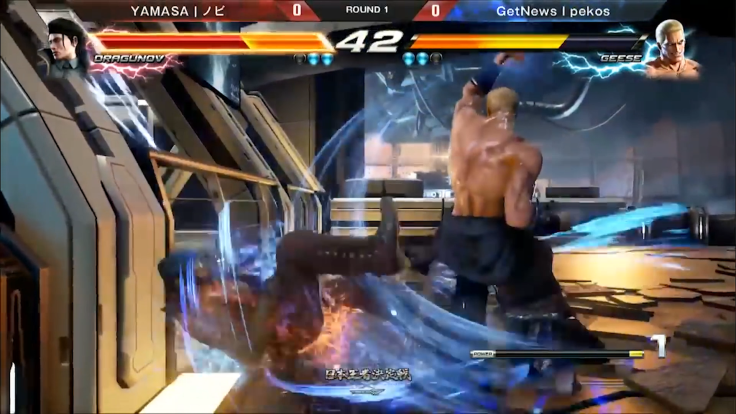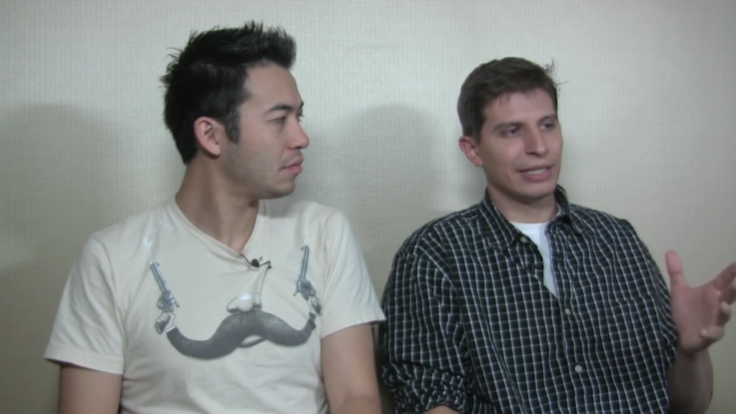Innovation and Imitation in the FGC
Date Published: 5 November, 2018
The FGC is comprised of many different types of players who all adopt different types of personal playstyles, however, when it comes to learning, there are really only two types of players; those who are innovators and those who are imitators.
Research in fighting games is something done by the “scientists” of the Fighting Game Community (FGC) with respect to whichever game they are focusing on at the time. The role these “fighting game scientists” provide for the FGC is quite invaluable, as they find new ways to play a character, educate on specific game situations, and many more similar examples which is something classified as “new technology” or perhaps better referred to as “tech.”

Innovation in fighting games is usually something that is only possible with fighting games that provide some sort of technical depth, be it with specific characters, or even with the overall structure in which the game is played.
Understanding both the core and advanced possibilities and limitations of a specific fighting game is an absolute must when attempting to figure out new ways to play, originating new strategies, or formulating viable ideas that may become important assets for live matches in the future.
With the understanding of what the specific game allows, that is when players begin their journey of discovering new “tech” by simulating various scenarios, implementing different positions, characters, stages, and anything else the game allows for. The FGC often refers to this process as “Going in the lab or “Labbing up.” As it refers to the similarity of simulation in the training room akin to experimentation in a laboratory.

However, outside of actual in game practice, “Labbing up” is something that also includes research outside of actual play. Examples such as researching specific frame data, hit and/or hurt boxes of specific characters, or even remembering certain move names, all go under the big umbrella of “Labbing up.”
Certain games such as Mortal Kombat X and Tekken 7 make the process of discovering a bit easier as they provide resources such as in-game frame data, and detailed move-lists, which traditionally were pieces of information that took research outside of the game itself.
With the ease of access of social media, many “FGC scientists” share their discoveries and whatever new innovative ideas they have found with the rest of the FGC, which in turn to giving back to the community, it is often reciprocated with more innovation from other “FGC scientists” attempting to innovate even further on the idea.

The old notion of holding on to specific pieces of “tech” has faded away with time, as discoveries of new ways to play are made nearly every day by players around the world, regardless of status or notoriety within the community. “FGC science” may be done by individuals, but it is often to make the collective FGC better, not just a single person better.
At a higher level of play in nearly any fighting game, most top players are “FGC scientists”, while the extent varies from player to player, constant innovation is one of many necessary factors for maintaining a degree of competitiveness within a circuit of other top level players.

However, at a lower level of play, players who are not interested in dedicating the time for discovering new “tech”, but still want to maintain some level of proficiency within a fighting game, usually rely on the higher level players’ discoveries, and simply imitate how they play.
Though despite sometimes carrying a negative connotation, imitation within fighting games is not looked down upon. Fighting game players often look for ways to become better, and that includes becoming optimal, and many times, the source for that goal is the imitation of top level players.

Whether it is the “FGC scientists” sharing their “tech” over social media or any other of informative platform, or top level players demonstrating new strategies on stage, and then emulated by other players online, the FGC is constantly teaching and learning from itself.
The phrase “Git gud” has been around competitive games practically since their inception, and the FGC is one competitive community which actually comes together in an effort to become better. Not everyone has to be a teacher, however, whether it is by word of mouth, online sharing, or even a simple demonstration by play, everyone in the FGC can be a messenger.



Leave a comment